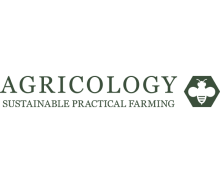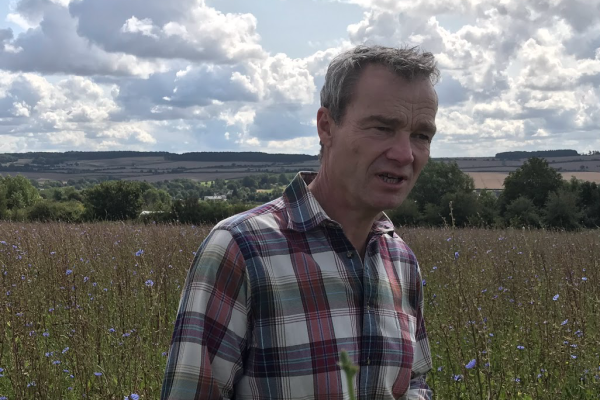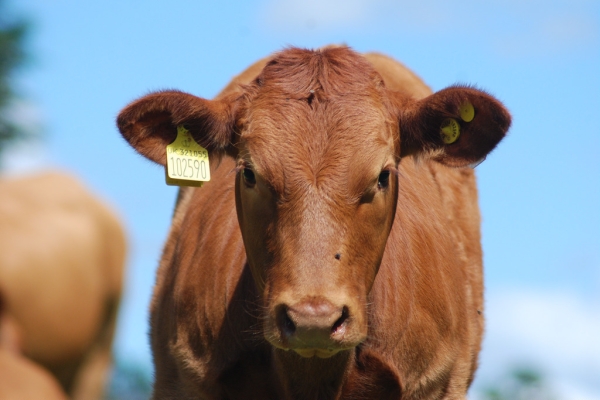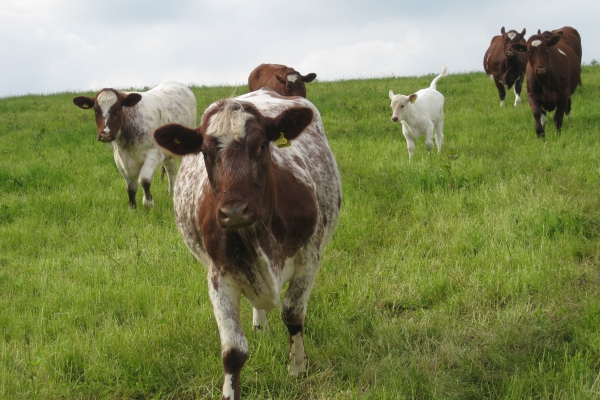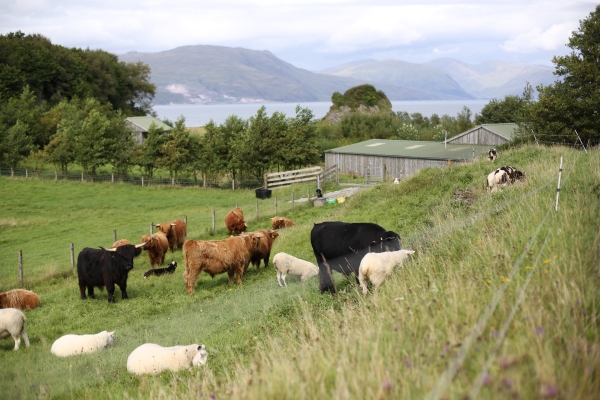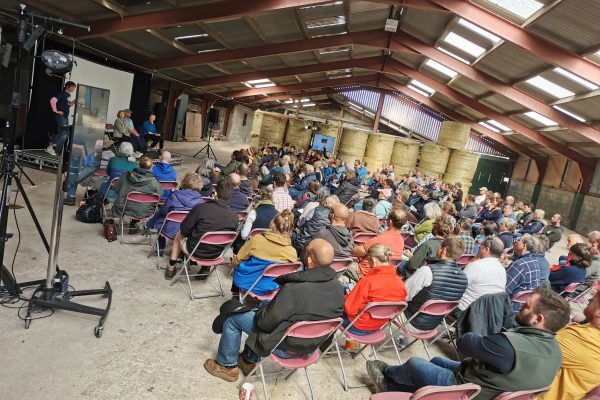Your 5 steps to stop spending on synthetic fertilizers
WITHOUT the negative impact of stopping all at once
Resource explained
Jim (Jaime) Elizondo is an American Agronomist Engineer with financial knowledge specialising on beef and dairy cattle. He has learnt from Holistic Management practitioners and his own experience as a rancher ‘to put together a new perspective where nature is followed using low cost biological methods to improve profits to the maximum while improving the land the fastest.’ His experience on his own ranch of withdrawing from using synthetic fertilisers and suffering from low production and low quality forage for two years ‘while the land healed,’ together with consulting experience in different environments, prompted him to create these five simple steps to help maintain productivity and forage quality when weaning soils off synthetic fertilisers.
Findings & recommendations
- Step One. Reduce synthetic fertilisers gradually. reduce fertilisers by half in the first year, reduce to a quarter in the second year. By the third year, if Step Two is done correctly you should be able to stop using fertilisers completely, or if necessary wait another year.
- Step Two. Start Total Grazing from the very beginning. Jim describes Total Grazing as: “A process where plant physiology, soil humus production and cattle needs are considered. That includes: non-selective grazing, selective grazing and deferred paddocks as stockpile for the winter or dry season.”
- Step Three. Gradually reduce the use of insecticides, fungicides, in your fields; and in your cattle, gradually reduce the use of de-wormers until your herd is totally weaned-off them.
- Step Four. Stop using herbicide from the start, mow instead when needed.
- Step Five. To increase profitability and total production, start using correct selection guidelines and use adapted genetics bulls, so that as your soil improves, your herd also improves and becomes more efficient.
Jim (Jaime) is the headline speaker at Carbon Calling in Cumbria this year 9th-10th September 2023.

